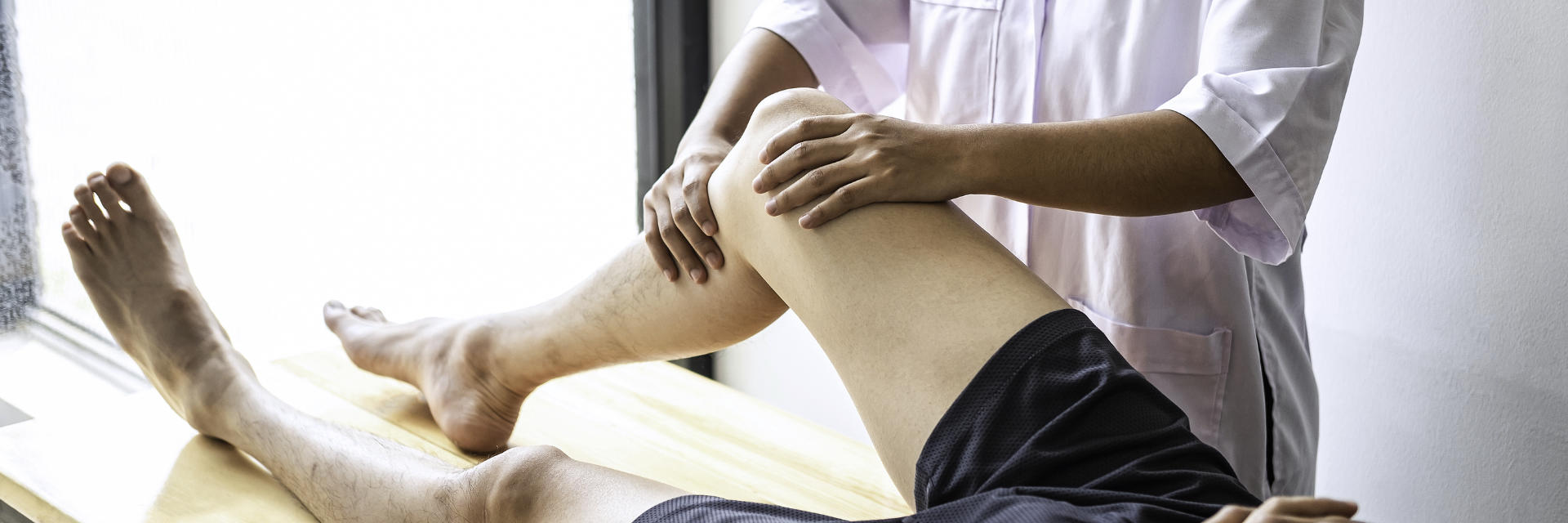Pes Anserine (Knee Tendon) Bursitis Treatment
There are three main muscles that connect the inside of the knee to the tibia and are needed for bending, closing and crossing the knees. These three muscles connect to the tibia with the help of their associated knee tendons. Under the tendons, the pes anserine bursa offers cushion between the tendons and bone. Our team at Robotic Hip and Knee Replacement LA offer pes anserine (knee tendon) bursitis treatment at our orthopedic clinic in Los Angeles.
Causes and Symptoms of Pes Anserine Bursitis
Bursae are used to provide a cushion between soft tissues and bone, especially in areas like joints where bones connect. Bursitis occurs when a bursa is irritated, usually from repetitive use. Pes anserine bursitis occurs when the knee tendons in the inner knee are constantly used. Swimmers, especially those performing the breaststroke, and athletes in kicking or running sports are among those who commonly may experience pes anserine bursitis. Symptoms include:
- Pain with activity inside the lower knee
- Swelling on the lower inside of the knee
- Warmth or tenderness a few inches below and inside the knee
- Pain increases with climbing stairs or running
Rest, ice and anti-inflammatory medications can relieve the pain of pes anserine bursitis in mild or moderate cases. If the bursitis is more severe, treatment can include steroid injections to relieve inflammation and physical therapy to strengthen and stretch the associated muscles to reduce stress on the knee. If conservative treatments are ineffective, the bursa may need to be drained or removed to provide knee pain relief.
If you have symptoms of pes anserine (knee tendon) bursitis, treatment is available at Robotic Hip and Knee Replacement LA. Contact our medical center in Beverly Hills, CA, to schedule a consultation with knee specialist, Dr. Farzin Kabaei.
